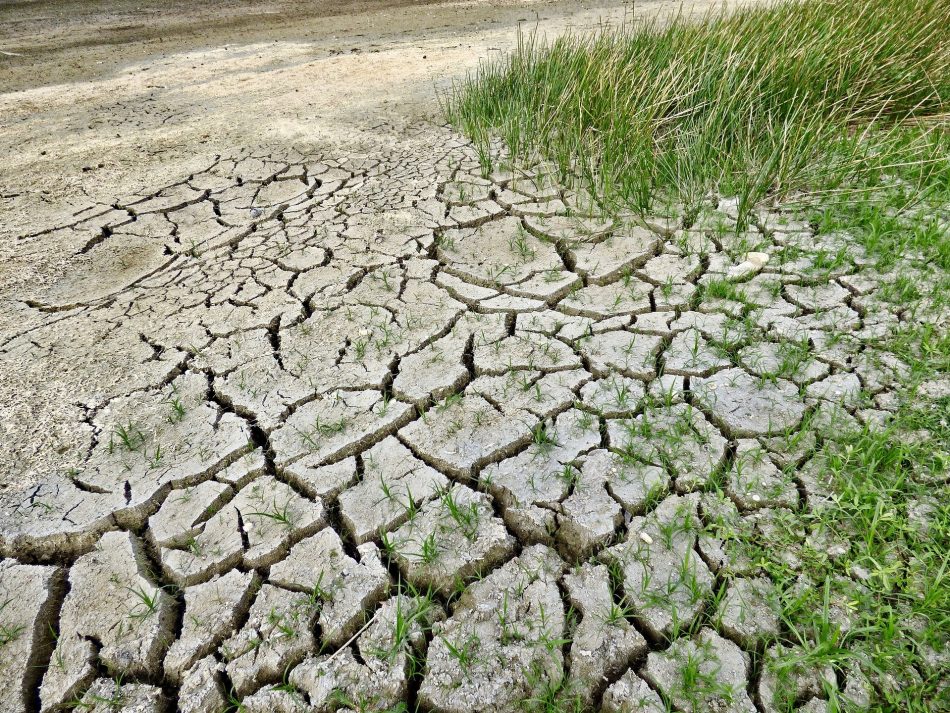New IPCC climate report: Climate change a massive threat to the natural world
A third of land-based species face high risk of extinction with current global climate policy. Rainforests hold the keys to parts of the solution but are themselves vulnerable to climate change.

“Deforestation is unfortunately on the rise in many important rainforest countries. This report highlights the dangerous combination of climate change and destruction of nature. Global warming is causing species to go extinct and further destruction has become unavoidable. The question now is not if climate change will threaten life on land, but whether we will act in time to avoid the worst consequences”, says Toerris Jaeger, Secretary-General of Rainforest Foundation Norway.
Released today, the new IPCC climate report concludes that with the level of global warming that is now unavoidable the loss of land-based species will accelerate. If emissions are not cut drastically, the loss will be significantly higher. Vulnerable ecosystems, including the Amazon rainforest, are at particular risk, where changes in forest functions and species loss have already been documented.
However, the IPCC report recognizes that conservation of critical ecosystems, such as rainforests, is an important adaptation measure. They highlight the importance of protecting 30-50 percent of the earth to maintain the resilience of biodiversity and ecosystem services. This corresponds to the proposed target in a new international agreement to protect 30 percent of the world’s most biodiverse areas by 2030.
Rainforest Foundation Norway urges that the alarming warnings from the IPCC report are followed up with concrete action when world leaders meet later this year to land the long-awaited Global Biodiversity Framework. This new nature agreement could carve out the path for the coming crucial ten years.
“Protection of rainforest was high on the agenda during last year’s climate conference in Glasgow and must be followed up at this year’s biodiversity summit in China and the climate summit in Egypt. It is not possible to combat climate change or the loss of biodiversity without halting deforestation and forest degradation of tropical rainforests,” Toerris Jaeger says.
Large and intact areas of rainforest hold the greatest biodiversity and store vast amounts of carbon. When intact they are also far more robust in tackling a changing climate and can better maintain important ecosystem services such as providing food and pollination, regulating water supply and shielding against floods.
Increase in forest fires puts ecosystems at risk
Global warming is currently at around 1 degrees Celcius. With an increase to 2 degrees, the report predicts that forest fires will increase by 35% globally.
This poses a great risk to even the largest of rainforests. A healthy rainforest would normally not burn, but fragmentation from deforestation, higher temperatures and less rain challenge their ability to withstand fierce fires and they could be battling much larger forest fires than for example those we are seeing in Colombia today.
The IPCC report confirms that the combination of these factors could cause changes to the entire rainforest ecosystem, threatening its ability to uphold its functions, such as storing carbon and supporting biodiversity.
Recognition of Indigenous peoples must be followed by action
The lack of involvement of marginalised groups, in particular Indigenous peoples, in decision making and nature management processes, are raised by the report as one of the greatest barriers to successful nature protection and adaptation.
“The IPCC’s recognition of Indigenous peoples’ important role in preserving rainforests is a clear message to rainforest countries, donors and businesses to involve Indigenous peoples in decisions and accelerate the action. The responsibility to safeguard and halt the pressure on these forest areas lies not only with rainforest countries but with all sectors involved in economic activities endangering the rainforest, Jaeger continues.
Despite the evidence suggesting that areas under legally recognized Indigenous tenure generally have the lowest deforestation rates and greatest biodiversity, Indigenous and local communities receive less than one percent of global climate and nature funds, as shown in a study by Rainforest Foundation Norway.
“The international pledges and the solutions on the ground are already there. Across the three major rainforest biomes, there are available solutions that can protect 1.5 million km2, about 15% of all remaining rainforests, by placing them under the sustainable management of Indigenous communities. It is time to fulfill the international commitments and realise this potential,” says Toerris Jaeger, Secretary-General of Rainforest Foundation Norway.


